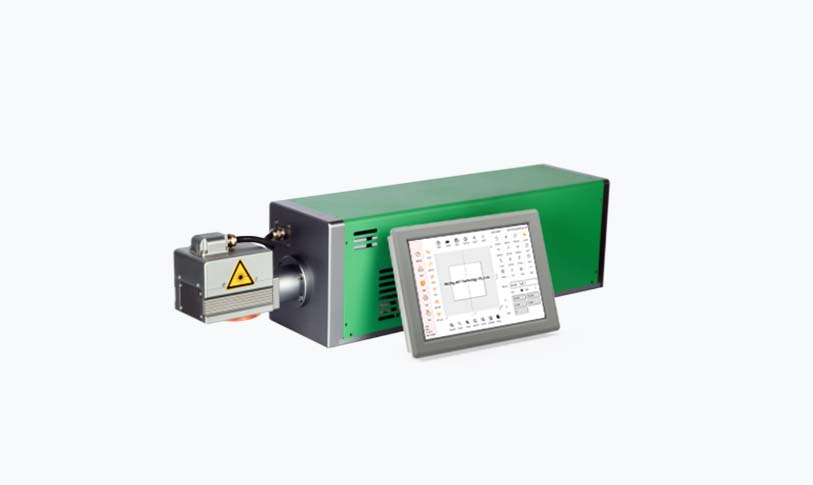[green light laser]Exploring the Versatile Applications and Benefits of Green Light Laser Technology in Medical and Industrial Fields
****

Exploring the Versatile Applications and Benefits of Green Light Laser Technology in Medical and Industrial Fields
In recent years, green light laser technology has emerged as a transformative force across various sectors, particularly in medicine and industrial applications. With its unique properties, this type of laser has opened doors to innovations that enhance efficiency, precision, and safety. From surgical procedures to material processing, the advantages of utilizing green light lasers are numerous and significant.
Understanding Green Light Lasers
Green light lasers typically operate at a wavelength of approximately 532 nanometers, placing them in the green spectrum of visible light. The ability of these lasers to produce a bright green beam enables them to be utilized in various applications, including laser pointer tools, laser engraving, and advanced medical devices. The distinct wavelength allows for effective absorption by biological tissues, making it particularly valuable in medical settings, as it minimizes collateral damage to surrounding tissues.

Exploring the Versatile Applications and Benefits of Green Light Laser Technology in Medical and Industrial Fields
Medical Applications
In the medical field, green light laser technology has gained traction due to its precision and reduced invasiveness. One of the most prominent applications is in the treatment of benign prostatic hyperplasia (BPH)—a condition affecting many men as they age. Green light laser prostatectomy, commonly known as photoselective vaporization of the prostate (PVP), utilizes green light lasers to precisely target and remove excess prostate tissue. This technique is well-received as it often results in less bleeding, reduced catheter time, and quicker recovery periods compared to traditional surgical methods.
Furthermore, green lasers are proving effective in dermatology. They are used for treating various skin conditions, including vascular lesions, pigmented lesions, and acne scars. The high absorption coefficient of green light by hemoglobin allows for targeted treatment, resulting in minimal damage to surrounding skin. The quick coagulation of blood vessels reduces recovery time and minimizes side effects, making it an attractive option for both practitioners and patients.
Another significant medical application is in the field of ophthalmology, particularly for procedures involving the retina. Green light lasers provide precision in procedures such as photocoagulation, which is used to treat conditions like diabetic retinopathy and age-related macular degeneration. This capability to target specific areas without affecting adjacent tissues underscores the importance of green laser technology in eye care.
Industrial Applications
Beyond the medical field, green light lasers are also making significant contributions in various industrial applications. One of the most notable uses is in laser cutting and engraving. The high visibility and precision of green laser beams make them ideal for intricate designs on materials such as glass, wood, and plastics. Industries that specialize in signage and custom engraving are increasingly adopting green light lasers to achieve high-quality results without the need for extensive secondary processing.
Moreover, green light lasers are used in high-speed optical communication, where data is transmitted over fiber optic cables. By leveraging the unique properties of green light, companies can enhance the speed and efficiency of data transfer, which is crucial in a world that relies heavily on rapid information exchange.
Benefits of Green Light Laser Technology
The adoption of green light lasers offers numerous benefits across fields. Their precision allows for targeted treatments and interventions, minimizing damage to surrounding tissues in medical applications and reducing waste during industrial processes. Additionally, the reduced thermal effects associated with green light lasers lead to less pain and quicker recovery for patients undergoing laser treatments.
Equally important, the safety aspect cannot be overlooked. Green light lasers produce less harmful residual thermal energy than other laser types, making them safer for both users and patients. This safety feature, combined with the efficacy of treatments and industrial processes, underscores the growing preference for green light laser technology.

Exploring the Versatile Applications and Benefits of Green Light Laser Technology in Medical and Industrial Fields
Conclusion
As technology continues to evolve, green light lasers stand at the forefront of innovation in both the medical and industrial fields. Their unique properties make them invaluable in a variety of applications, ranging from surgical procedures to material processing. As we continue to explore the potential of green light lasers, it is clear that their impact will only expand, enhancing the quality of life and efficiency across multiple domains. Ultimately, the future looks promising for this potent technology, as it paves the way for safer and more effective solutions in an ever-changing world.violet laser
